Kia Sonet Review: First Drive
The breakaway success of the Seltos has elevated the Kia brand and made it a household name in the Indian market. But, can Kia replicate the same success in the fiercely competitive sub-4 metre SUV segment with the Sonet?

The breakaway success of the Seltos has elevated the Kia brand and made it a household name in the Indian market. But, can Kia replicate the same success in the fiercely competitive sub-4 metre SUV segment with the Sonet?
In the normal course of life, success is a wonderful thing to experience. But, as always, there are two sides to a coin. The minute you become successful in what you do, and start achieving success on a regular basis, the expectations from you start rising.
Double-edged sword
This situation is something that the boffins at Kia India will find themselves currently very familiar with. And rightly so, after all, with the Seltos they’ve been able to achieve phenomenal sales numbers, something no other new brand entering the Indian market has been able to achieve in recent years. Not only that, but the effect of the Seltos has been such that Kia itself has become a household name in the Indian market, which, within a year of launching a product is a terrific achievement. But this success has meant that the expectations from their sub-4 metre SUV offering, the Sonet, are already sky-high. And to add an extra layer of challenge, the current competitors in the sub-4 metre segment offer some formidable products like the Hyundai Venue, Maruti Suzuki Vitara Brezza and the Mahindra XUV 300.
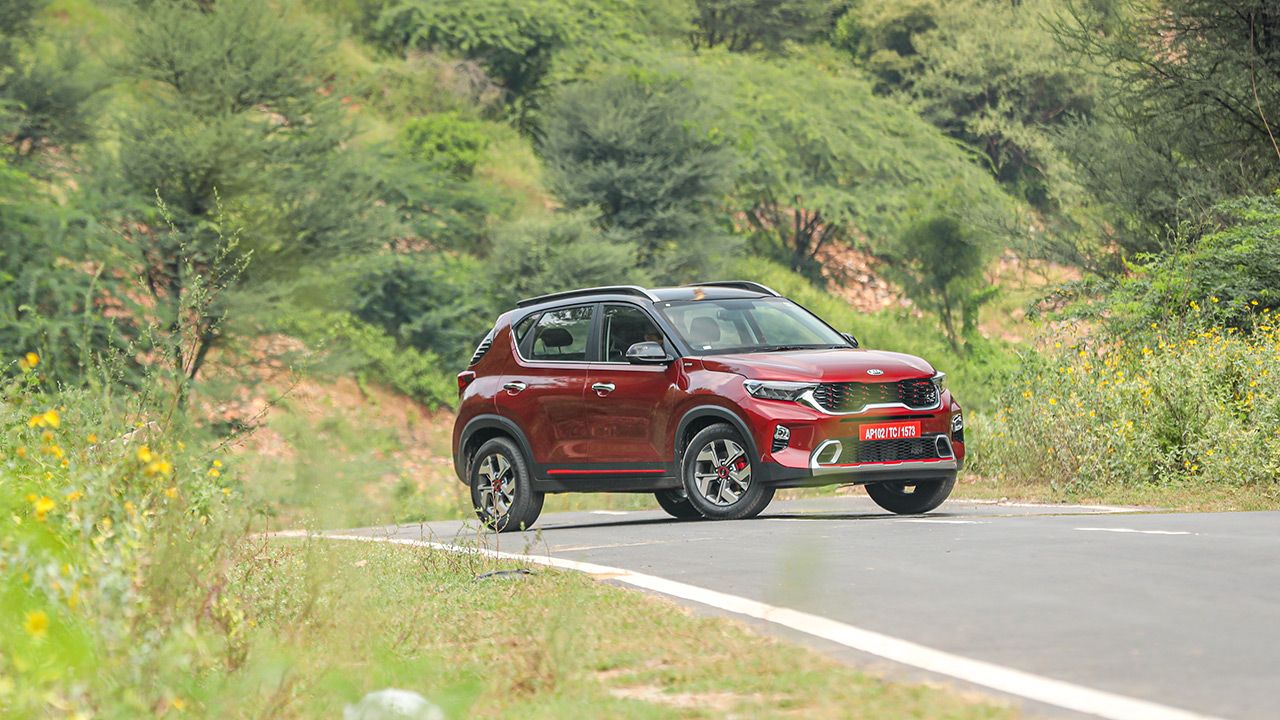
Styling it right
Of course, one of the key aspects of every Kia vehicle is its design, and the Sonet is no different here. Right from the overall theme of the design – the Sonet is supposedly inspired by the shape of an elephant, hence the bulging body panels and the squat rear-end – to the trademark front grille and the large 3-piece tail lamps, the Sonet’s design is signature Kia. Some aspects of the design are particularly impressive, such as the big, bold grille which catches your attention with its red and black combination along with the knurled aluminium look border, to its ample-sized wheels.

The Sonet, like the Seltos, is going to be offered in two design trims – GT-Line and Tech Line – and our test cars were both in GT-Line trim. Like on the Seltos, the GT-Line trim offers interesting design touches to the Sonet. These include red accents on the door cladding, wheel centres, front bumper, grille and rear bumper. And given the overall attention to detail in the design, along with the butch front end, the Sonet is a pretty handsome looking machine. If there is one aspect of the exterior design which I’m not a fan of though, it would have to be plastic insert in the C-pillar above the taillamp. Sure, it gelled well with our dark coloured test car, but I suspect that it is really going to stand out like a sore thumb on lighter coloured cars.

Changing the game
However, it is in the interiors that the Sonet really moves the game forward for the sub-4 metre segment. Right from the detailing, to the tactile feel of the switches, to the feature set, the Sonet sets a new benchmark for the segment. While the 10.25-inch multimedia screen certainly grabs your attention, for me it is the rest of the feature set which is more impressive. This includes my most vaunted feature in summer months – ventilated front seats. Additionally, there is a 9-speaker Bose sound system with a subwoofer, 6 airbags, in-built air purifier with a digital display, and a myriad of other connectivity options, including the UVO mobile connectivity system.
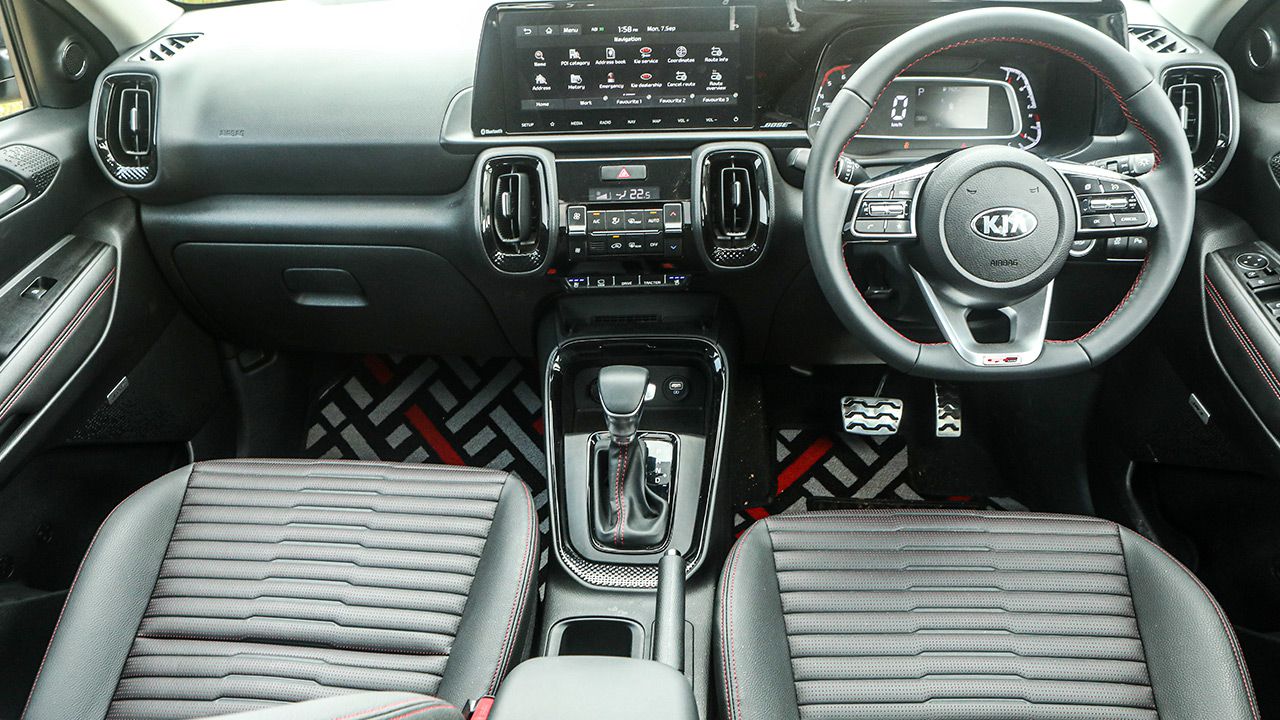
But, it’s not just the features the Sonet excels at. The quality of the interior plastics is praiseworthy and the leather detailing on our GT-Line test car, such as on the door pads, was fantastic. I also am a fan of the red and black combination interior of the GT-Line version, which looks fantastic, and is extremely easy to keep clean. Sure, there are a few hard-plastic surfaces, but overall the interior feels like it could be class-leading. The Tech line version of the Sonet is offered with a more conventional black and beige interior combination.
Another feather in the cap of the Sonet seems to be the rear-seat space, where it does seem to offer more space than its competitors and that could be a big game-changer. Not only is there enough legroom for two six-foot adults to sit back-to-back, but the front seats are also mounted in a way that you can easily slide your feet under the front seat, which further increases the seating comfort. The under-thigh support on the rear seat though is lacking and could be an issue on long journeys, however, there is more than enough headroom in the rear seat for even the tallest passengers.

Spoilt for choice
When I first drove the Seltos and looked at the number of variants it was going to be offered in (18, I think) I wondered if the Kia production managers were gluttons for punishment. And while they might indeed be gluttons of managing an insane inventory of variants, but the wide variety of variants available has certainly contributed to the success of the Seltos. It is no surprise then, that like the Seltos, the Sonet is also going to offer a long lineup of different versions to customers and offer unparalleled choice in its segment.
Let’s consider the engines first – the Sonet will be offered with three engine options, a 1.2-litre naturally aspirated petrol, 1.0-litre turbo petrol and 1.5-litre turbo diesel. The 1.2-litre petrol engine is offered only with a manual gearbox, whereas the 1.0-litre petrol turbo will be offered with a 6-speed iMT (clutchless automatic) and the 7-speed DCT automatic. Interestingly, the Sonet does not offer steering-mounted paddle shifters on the 7-speed DCT gearbox, something Kia officials said would be offered at a later date. And, the 1.5-litre diesel engine in the Sonet is going to be offered in two power outputs – 99bhp with the manual gearbox and 113bhp with the 6-speed automatic.
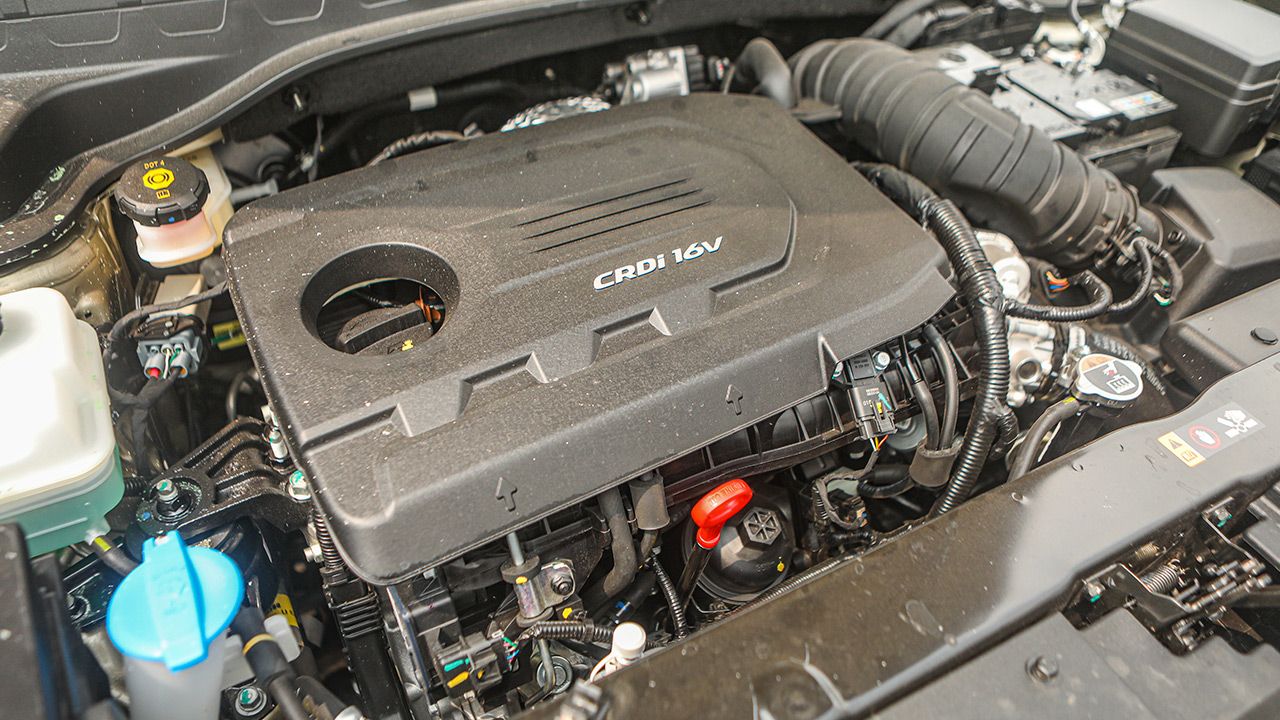
Hitting the road
Number soup aside, what is the Sonet like to drive? We tested the 1.0-litre turbo petrol and the 1.5-litre diesel engines and three different gearboxes too. First up was the 1.0-litre mill, an engine we’re familiar with, having driven it in various Hyundai products and the engine didn’t disappoint in the Sonet either. With its quick-revving nature and 118bhp, the Sonet with the 1.0 engine is quick on its feet and has an adequate punch for everyday driving. The first gearbox I tested with the 1.0 engine was the iMT clutchless automatic, which I have to say offers excellent driving experience, especially for the minuscule price premium it commands over a manual gearbox. Sure, the first-to-second gear shift can be a tad slow, but overall, I prefer the iMT gearbox to any AMT gearbox I’ve driven till date, and it certainly is a big step up from AMT’s and truly worth the money. So, if you’re looking to go auto on a budget, no current gearbox and price combo is better than the iMT offerings in the market. Just one practical tip about iMT gearboxes though, for best-quality shifts, it’s best if you lift your foot off the accelerator when changing gears.

However, with its 113bhp and 250Nm, the 1.5-litre diesel engine of the Sonet in the automatic variant is deeply impressive and is perhaps my pick amongst the engines on offer. With almost a 50% torque advantage over the 1.0-litre turbo petrol (250Nm vs 172Nm), the 1.5-litre diesel engine delivers fantastic punch and refinement and is truly quick on its feet. The decently quick-shifting 6-speed torque converter automatic also helps in making the Sonet quite fun to drive, and with its low-down torque, I found the 1.5 diesel to be a more relaxing car to drive than the turbo petrol version. Additionally, on certain variants, the Sonet also offers different Traction and Drive modes that you can toggle through depending on your driving conditions.
The refinement of the Sonet – both in petrol and diesel versions – is very good, with NVH levels firmly under control, and that contributes to the plush feeling of the Sonet’s interiors. Out on the road, the suspension of the Sonet is set up very well, and while it’s slightly on the stiffer side, that means it handles bad roads quite well and is rock solid at speed. And the steering of the Sonet also provides a decent amount of feel, which makes it quite enjoyable to throw around when you’re in the mood for some enthusiastic driving.
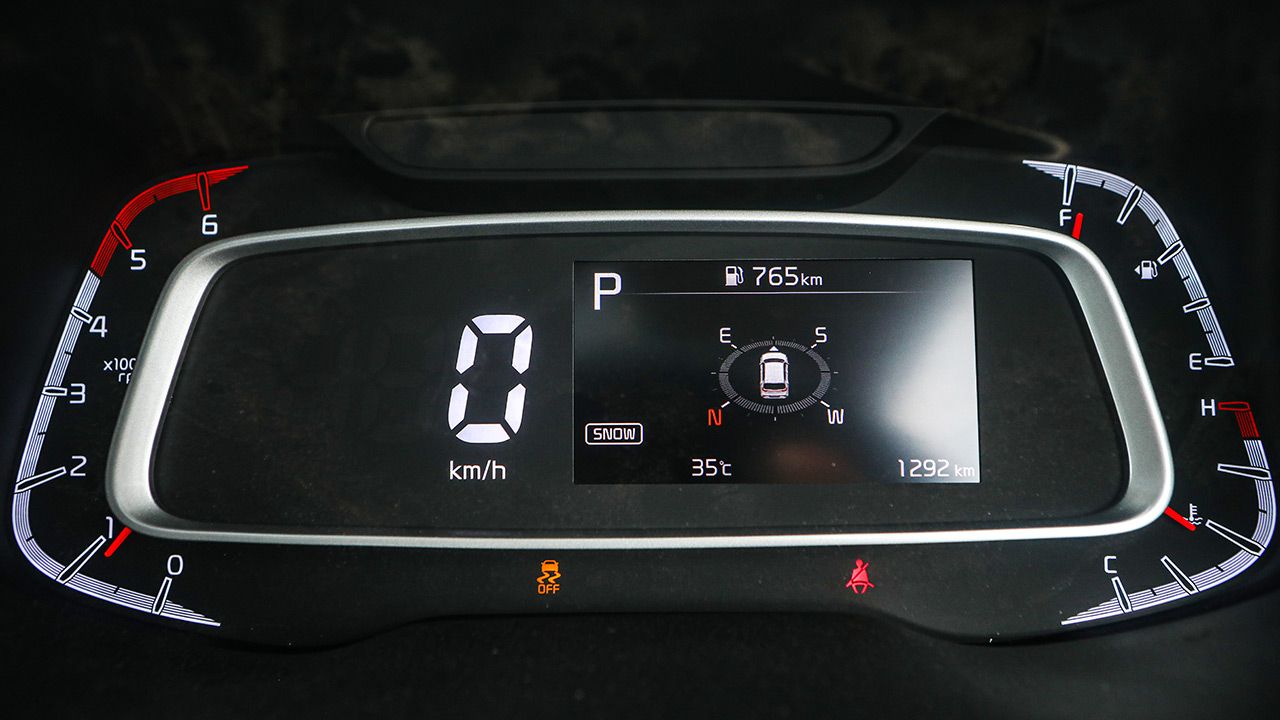
If I had to nit-pick, and I have to, the digital and analogue instrument cluster is something that is not perfect in the Sonet. Sure, the 4.2-inch screen in the cluster works well and even provides navigation instructions, but the side-mounted rev counter and fuel and temperature gauge are not intuitive to read and take some getting used to.
Bullseye
If I had to summarise the Sonet, I would say that its highlights are excellent quality, and is class-leading when it comes to the number of features the SUV offers. Additionally, the rear seat space and boot space of the Sonet is also exemplary and feels quite large for the segment. And on the road, with its combination of engine and gearboxes, the Sonet is fun to drive and comfortable at the same time.
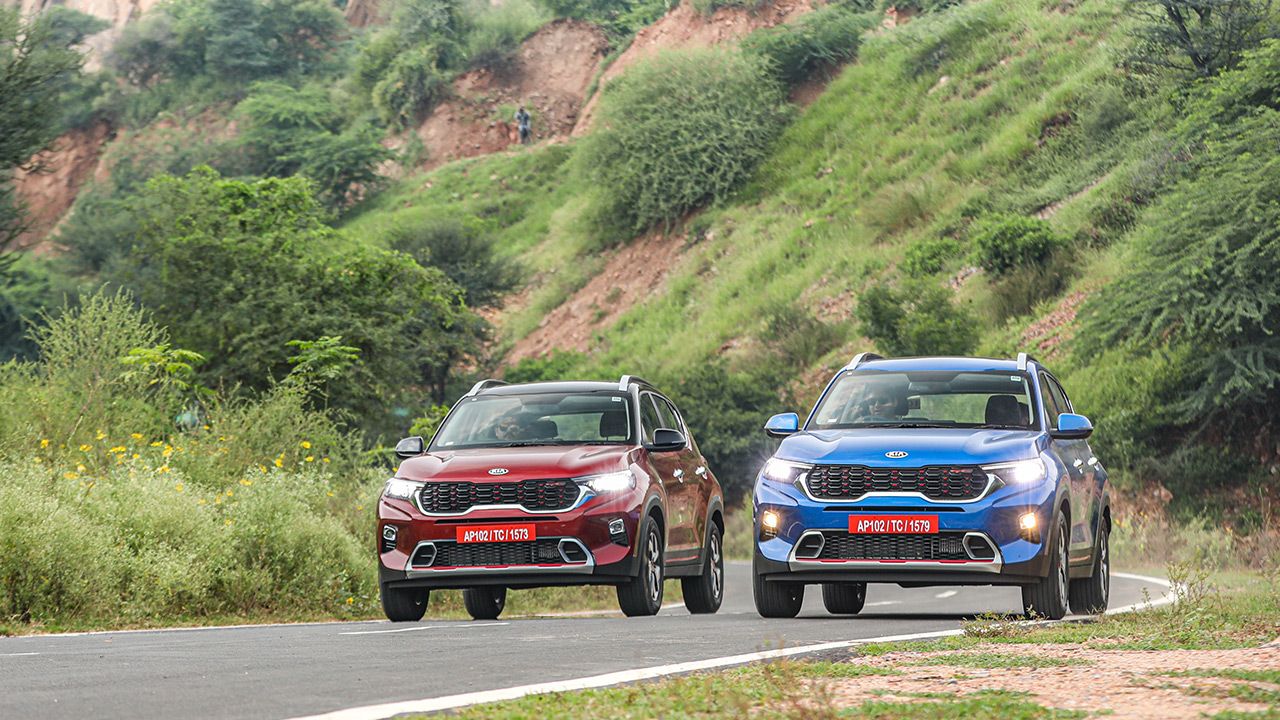
Despite all its qualities though, pricing of the Sonet will still remain an important factor for the Sonet’s success. And that is something that Kia can’t afford to mess up. But keeping the positives of the Sonet in mind, I would have to say that competition does have a very tough challenge on their hands, once Kia announces the prices of the Sonet on the 18th of September, exactly a week from now.
Read more:
Engine: 998cc / 3 Cylinder / Turbocharged
Fuel: Petrol
Transmission: 6-Speed iMT / 7-Speed DCT / Front-Wheel Drive
Power: 118bhp @ 6,000rpm
Torque: 172Nm @ 1,500-4,000rpm
Price: ₹9.49 lakh – ₹12.89 lakh (Ex-showroom)
X-factor: If they get the pricing right, with its space, design and features, the Sonet could be the next champion of the sub-4 metre SUV segment.
| Pros • Quality & design • Feature-loaded | Cons • No paddle-shifters • Busy centre-console design |


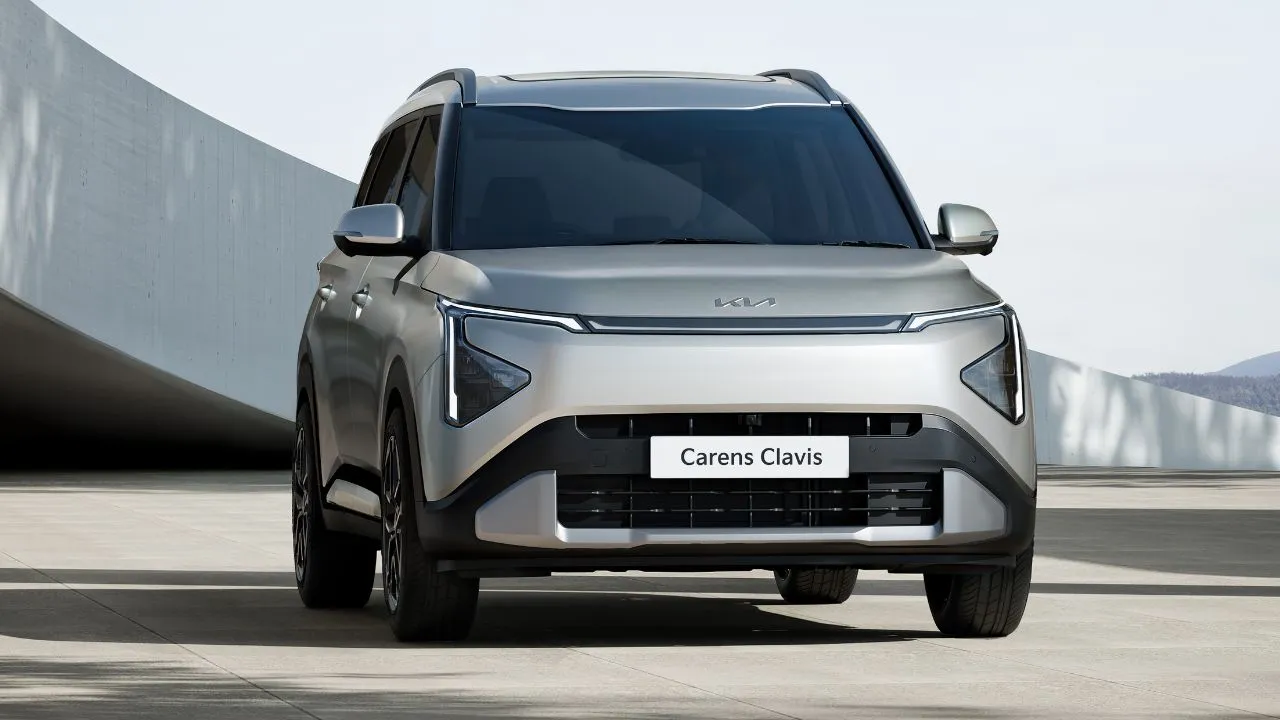

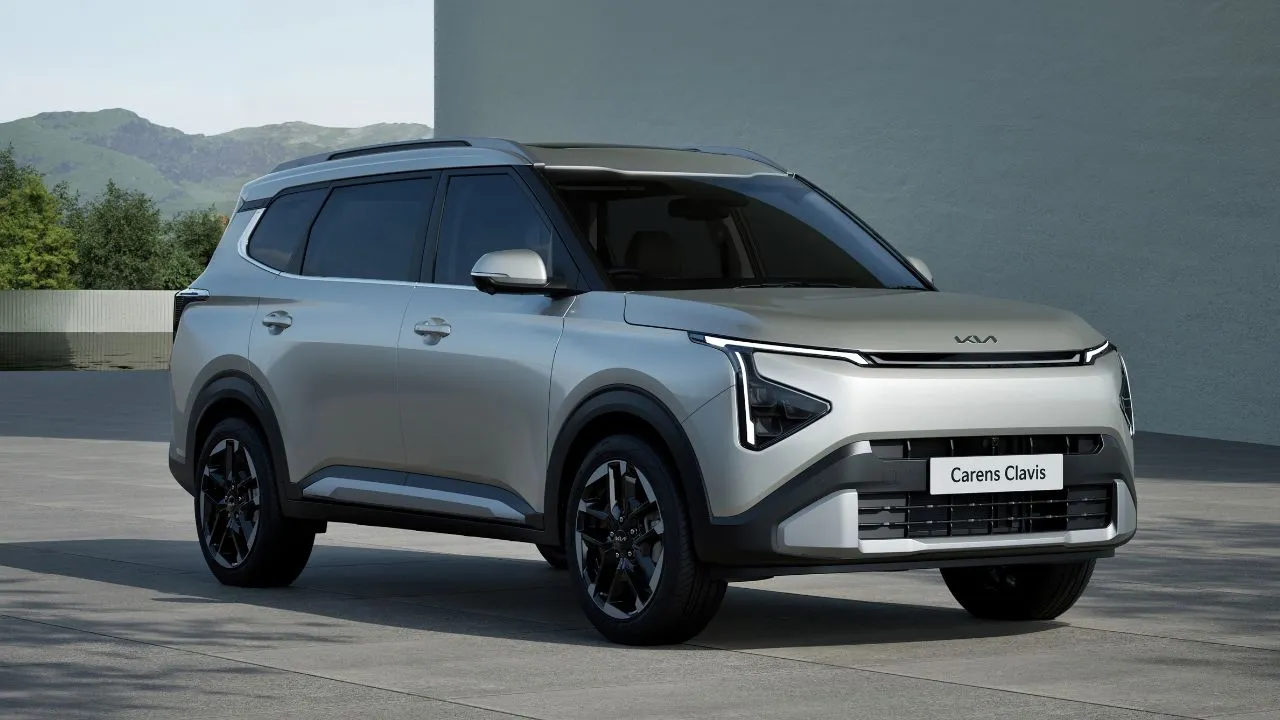
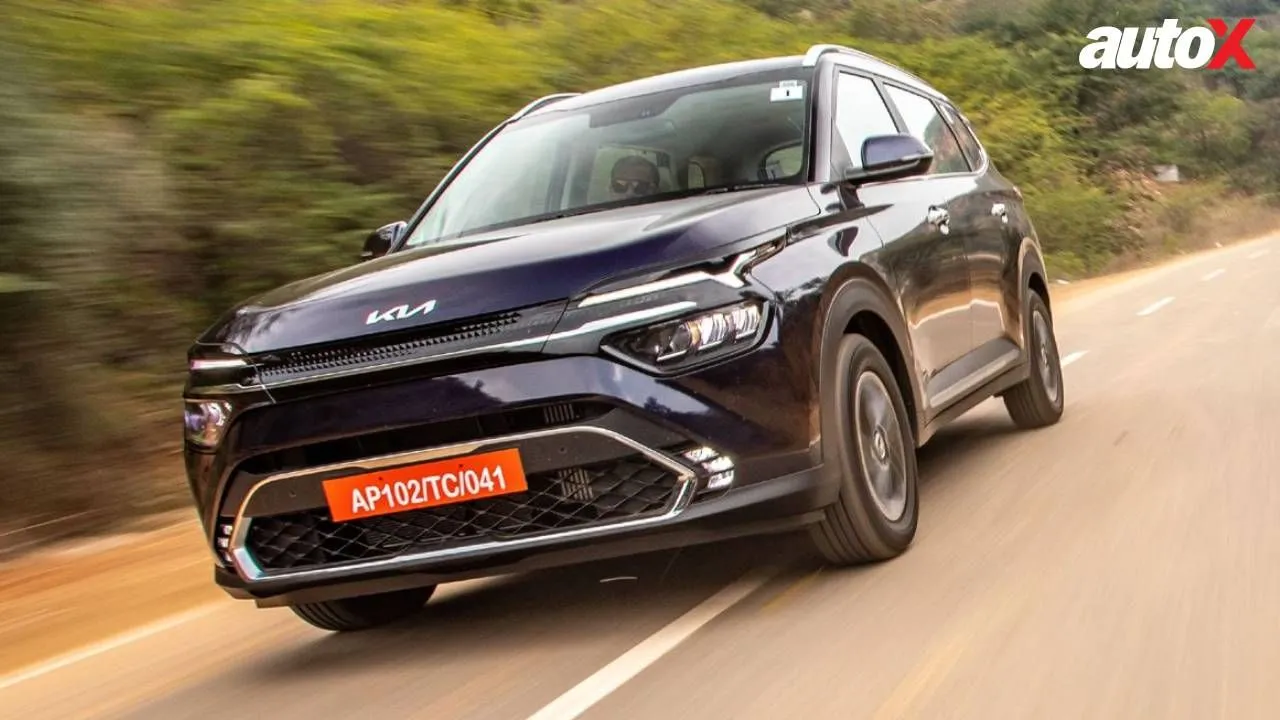

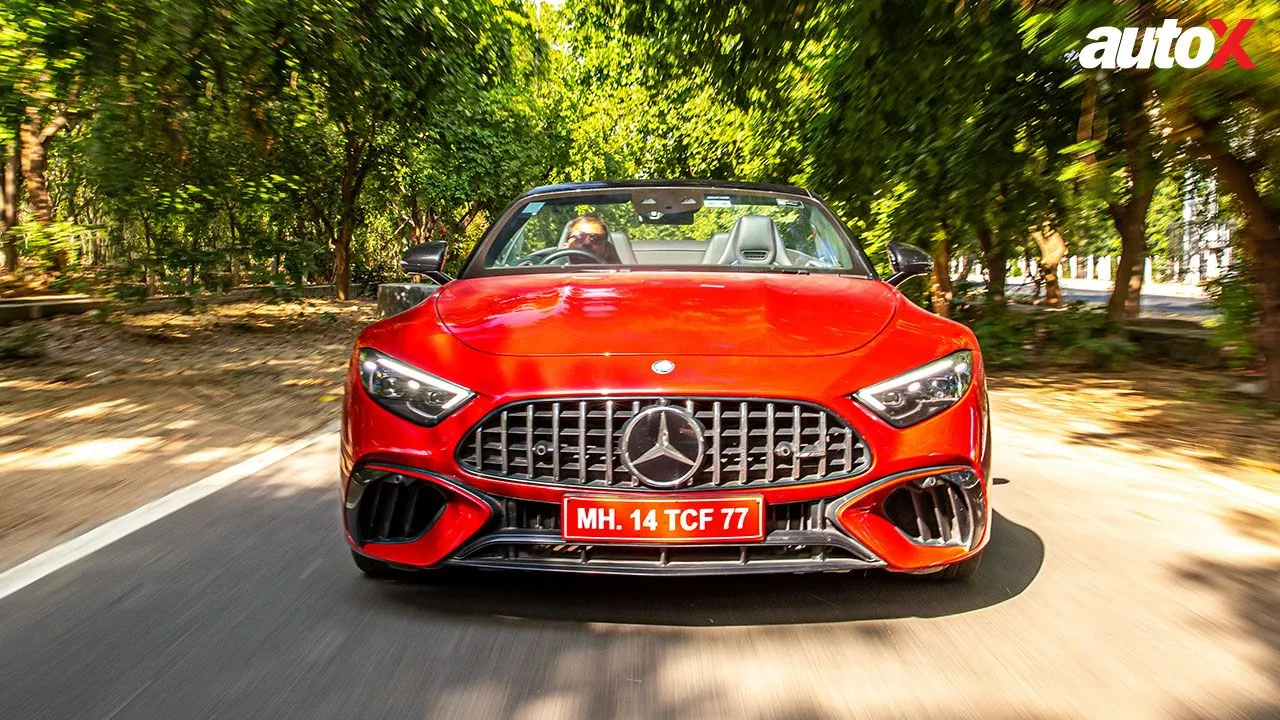

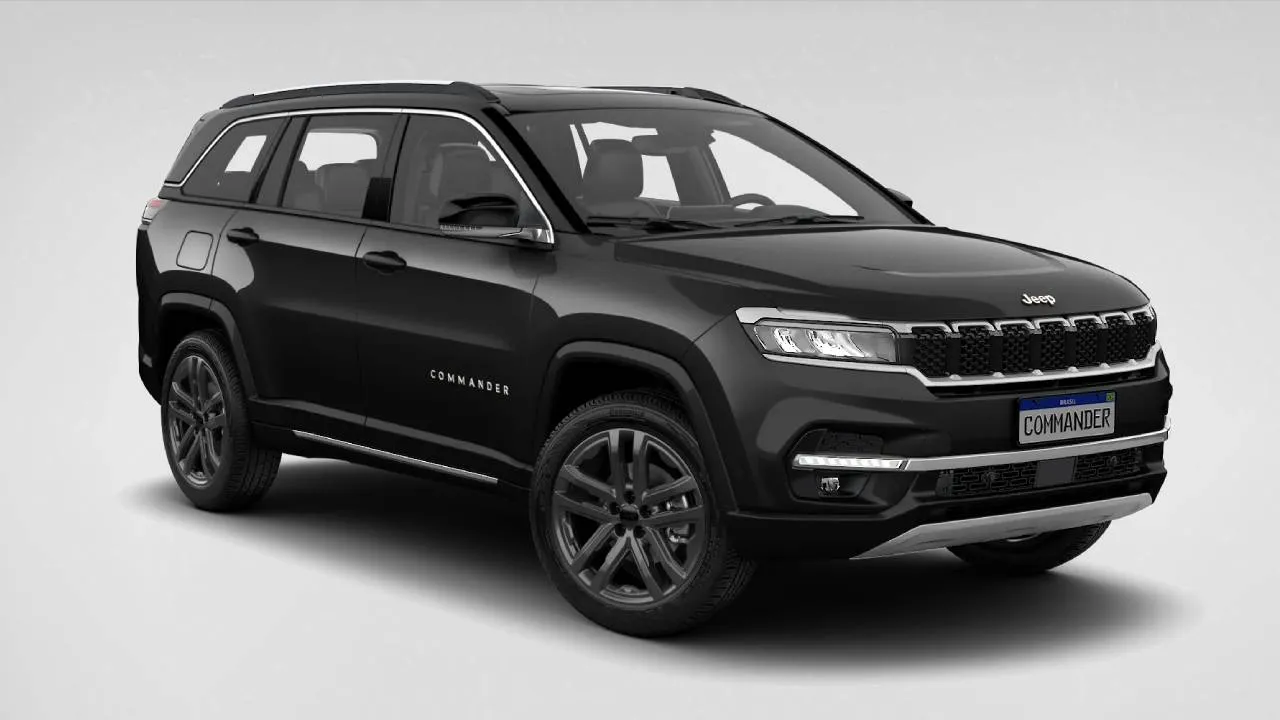

Bad vehicle